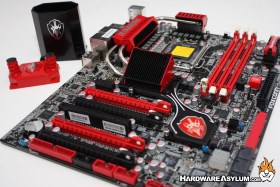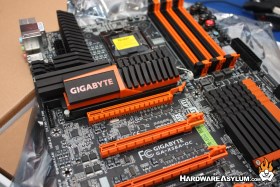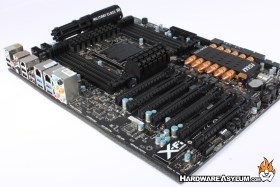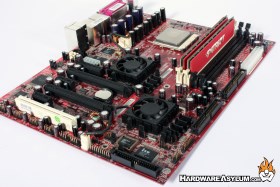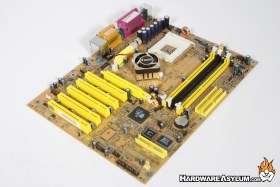You are Building Your PC Wrong
Author: Dennis GarciaThe Crash that Created Chaos
Up until now most everything was solved using hardware because doing things in hardware had always been faster than what you could attain in software. This is why you could play a triple A title on a 5 year old computer but, things were about to change.
With the launch of Windows 10 and DirectX 12 we got an amazing performance boost in games that not only increased visual fidelity but changed things at the hardware level. No longer was the CPU a deciding factor in gaming performance. From here on out, your gaming performance would be tied directly to the power of the GPU. This device would determine overall visual performance, features and supported resolutions.
Honestly, that is what video cards had done for years and the difference now is that all video data is being offloaded to the GPU and no longer dependent on CPU speed to scale performance. These impressive leaps in power were a cornerstone in the Crypto Mining Craze and the development of the NVIDIA Grace Superchip Architecture that is powering AI.
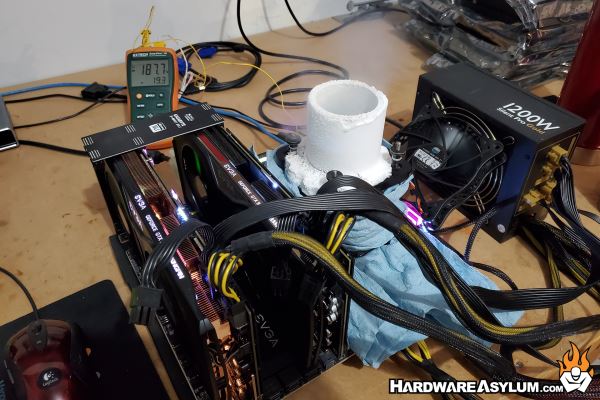
2x EVGA GTX 780 Classified video cards in SLI, System board being cooled by LN2 (Liquid Nitrogen), Notice the long bridge connecting the two cards, this is to support 3-way SLI with an expanded layout.
It also negated a reason for hardware-based GPU scaling on modern gaming systems. DirectX 12 allows programmers to link available GPUs over the PCI Express bus and effectively means that NVIDIA SLI and AMD Crossfire no longer mattered in modern games and support was soon discontinued.
The writing on the wall had existed for YEARS. Gamers and hardware enthusiasts discovered that even the slowest graphics card was enough to play the latest games and with the rate that new GPUs were being released it didn’t make sense to double up cards except at the highest enthusiast level.
Four SLI (and Crossfire) ready motherboards.
Top left: Foxconn Quantum Force X58 Bloodrage, this board supported 2-way SLI, CPU and Memory overclocking and included alternative northbridge coolers.
Top Right: Gigabyte X58 OC, this board was designed for overclocking and supported 4-way SLI.
Bottom Left: MSI X79 Big Bang XPower II, a proper 4-way SLI motherboard on the taller LX-ATX motherboard.
Bottom Right: Foxconn Winfast NFPIK8AA, a Workstation class motherboard featuring two (2x) nForce Pro chipsets allowing for a proper 16x PCI Express bandwidth to each video card
On the motherboard side, things were a little different. At the height of the 4-Way SLI/Crossfire hype we had Extended ATX motherboards supporting four(4) dual slot graphics cards. These were designed exclusively for bench style overclocking that used air, water and extreme cooling such as LN2. Most mainstream motherboards only supported 2-Way SLI/Crossfire setups with several dedicated slots for PhysX processors and other basic expansion cards.
Two nForce2 motherboards, Soltek SL-75FRN-L Golden Flame on the left has a full set of expansion slots while the DFI NFII Ultra Rev B on the right has a gap under the AGP slot.
It should be noted that motherboard design always considered the video card cooling system. For instance, most video cards, even back in the AGP days featured a dual slot design meaning that the card required two expansion slots of space to be installed. As a result, motherboard makers would simply exclude this slot next to the AGP slot to save some money since it would likely never be used anyway.
This is a key feature that will become important a little later.

